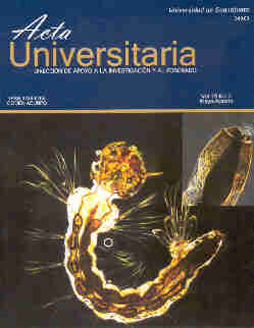Published 2009-08-01
Keywords
- Diabetes mellitus,
- Síndrome metabólico,
- Resistencia a la insulina,
- Secreción de insulina.
- Diabetes mellitus,
- Metabolic syndrome,
- Insulin resistance,
- Insulin secretion.
How to Cite
Abstract
Important concepts on diabetes Mellitus have evolved recently. The concepts and practical applications on the metabolic syndrome have been questioned, yet the importance of its components is unchanged. The actual definition of prediabetes is also under scrutiny, and its utility for the identification of the preclinical stage of diabetes seems of limited utility. Insulin resistance is no longer considered the principal factor underlying diabetes, however non-alcoholic fatty liver disease is identified as frequent and important associated pathology. Deficient insulin secretion is now considered a sine qua non condition for the installation of diabetes, but the main cause of it is yet to be recognized. In recent months about fifteen genes associated to type 2 diabetes have been identified, but they can only account for about fifteen percent of the variability on the installation of disease. The importance of perinatal imprinting and the influence of early alimentary experiences for the future appearance of diabetes and the cardiovascular risk are now under reconsideration. The importance of feeding on the appearance of metabolic alterations, now focus attention on the food content of advanced glycosilation end products (AGEs) and the trans- fatty acids. These factors may also be significant for the physiopathology and clinical course of diabetes mellitus.

